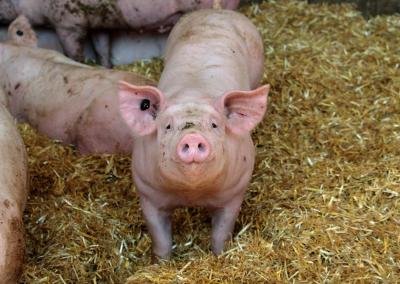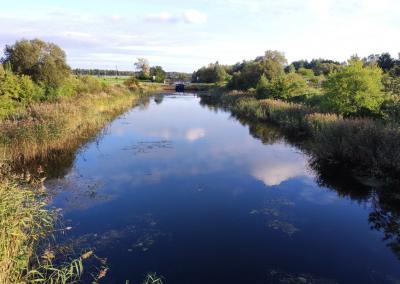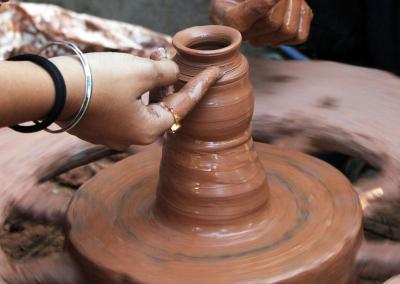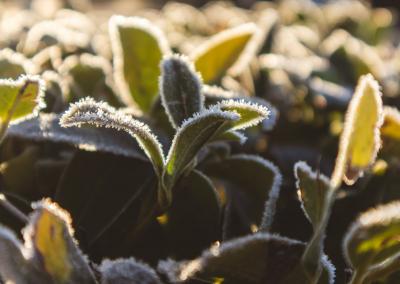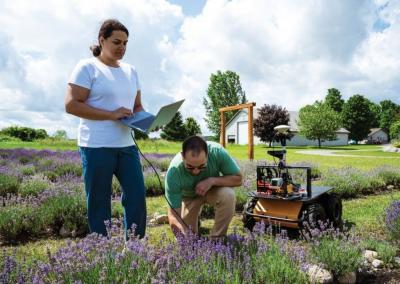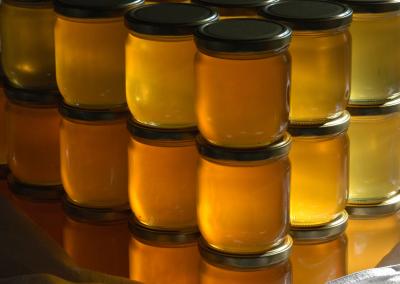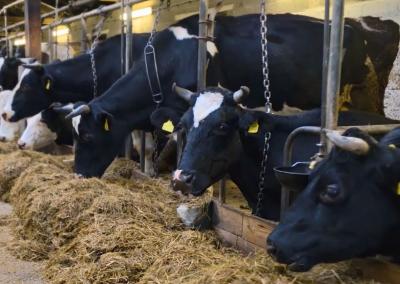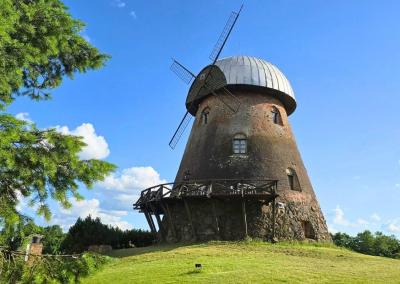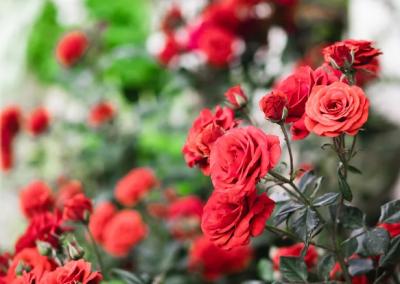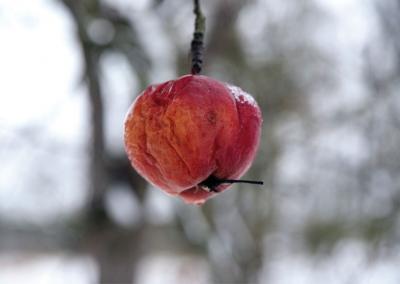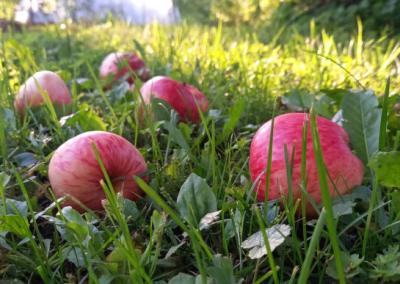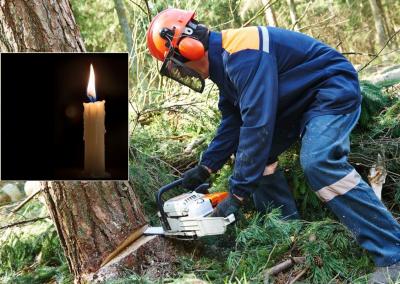Which wood is best for the inside of a sauna
Bathroom decoration is traditionally done with eco-friendly materials - natural wood. It is also used for sauna loungers and benches. Each type of wood has its own unique characteristics that create a special microclimate in the sauna. What kind of wood should be used for bathhouse interior decoration, loungers, benches, walls and floors?
• Moisture resistant. The material must dry quickly to avoid swelling, warping and rotting.
• The surface of the sauna wood must be absolutely smooth, without any roughness or twigs in the boards.
• The wood should be free of resins, as these are released when heated and can burn the body.
• Very low thermal conductivity. The material must be suitable for high temperatures and the surface must not overheat in the heat of the steam room. Because lying on a very hot bed is both uncomfortable and dangerous.
The choice of wood for the sauna decoration should be made carefully, as this is the only way to ensure that the sauna is safe for health.
The most suitable types of wood for sauna
Spikes
Pinewood also has the advantage of being highly resistant to rotting and fungi. It is also capable of disinfecting the environment and has strong antiseptic properties. Juniper, by releasing beneficial disinfectants into the environment, is able to clean the air around it of bacteria. This makes it very useful in a wooden sauna, especially for half-baths, loungers, benches made of juniper and juniper vases.
Fir is a very fragrant tree that is often used in steam rooms as wall or ceiling lining. Juniper wood looks natural and beautiful and, most importantly, when heated it has a really positive effect on the human respiratory and nervous system due to the high content of essential oils in its scent.Stick
Leaf is a soft, „breathable“ material that absorbs moisture easily, does not peel or dry out. Linden has a low thermal conductivity, which means the surface does not heat up. In the heat of the sauna, linden wood emits a pleasant scent of lime blossom. A subtle light shade. Linden boards for interior decoration are one of the most popular woods for steam rooms in terms of price/performance ratio.
But the softness of linden makes it short-lived. But if properly treated and maintained, linden can be hard-wearing. It will then not swell or split over time. Of course, lime wood can rot quickly if the sauna is not dried after use. But even the hardiest species will not last long against such "neglect".
Baths have always been renowned for their beneficial effects on the lungs, so for people suffering from respiratory diseases, being in one is a real preventive measure. When exposed to heat, linden releases phytoncides. These have a restorative and healing effect on the nervous and circulatory systems.
Alder
Alder is one of the most durable of the classic sauna interior finishes. Alder wood is characterised by its density, virtually no susceptibility to rotting or fungus, and its resistance to contact with water, which is why it is commonly used for flooring in saunas and baths, together with wall and ceiling linings. When heated, the alder boards fill the sauna and steam room with an aroma that is not only pleasant but also beneficial for the heart and the cardiovascular system. It comes in a wide range of shades, from pale yellow and pink to a rich chocolate colour.
Maumed
Larch is a unique wood in terms of its resistance to decay and moisture. The substances in larch wood make it highly resistant to rotting and protect it from worms. Larch is considered to be a durable material because it remains sufficiently hard even under temperature changes and high humidity. Builders note that larch only hardens with prolonged contact with water. Rodents' teeth cannot overcome larch either. However, larch is only suitable for sauna floors...
According to the observations of experienced sauna professionals and builders, the high amount of resins and resin released makes larch unsuitable for loungers, benches and wall cladding; it is unsafe for the body to come into contact with hot resin. For sauna floors, larch is suitable as the increased release of resin and gum will give additional protection to the wood and make the surface easier to maintain.
This wood is rich in beneficial substances that have a positive effect on the human body. The essential oils in larch wood have respiratory healing properties.
An aspen
An ashtray is also a good choice for a sauna or bath. It does not give off resin in the heat, and the surface heats up slightly and insignificantly. The strength of the ashtray is sufficient and the wood has a light shade, which, unfortunately, can change quickly, but with care will last for many years.
Cedar
Cedar is adapted to high temperatures and is also considered to be resistant to moisture. It will not be damaged by insects or fungi as the wood can be easily treated. Cedar has many advantages, including therapeutic properties due to the essential oils in the wood. Cedar wood finishes and paneling look beautiful and noble.
Abashi (African tree)
Exotic and expensive, abashi wood is a highly porous material with low thermal conductivity and a surface that will not burn even in high heat. A board made of this wood is not afraid of moisture, does not warp at high temperatures and lasts a very long time. One of the main advantages of abashi wood is the complete absence of twigs and the uniform, even, light shade.









